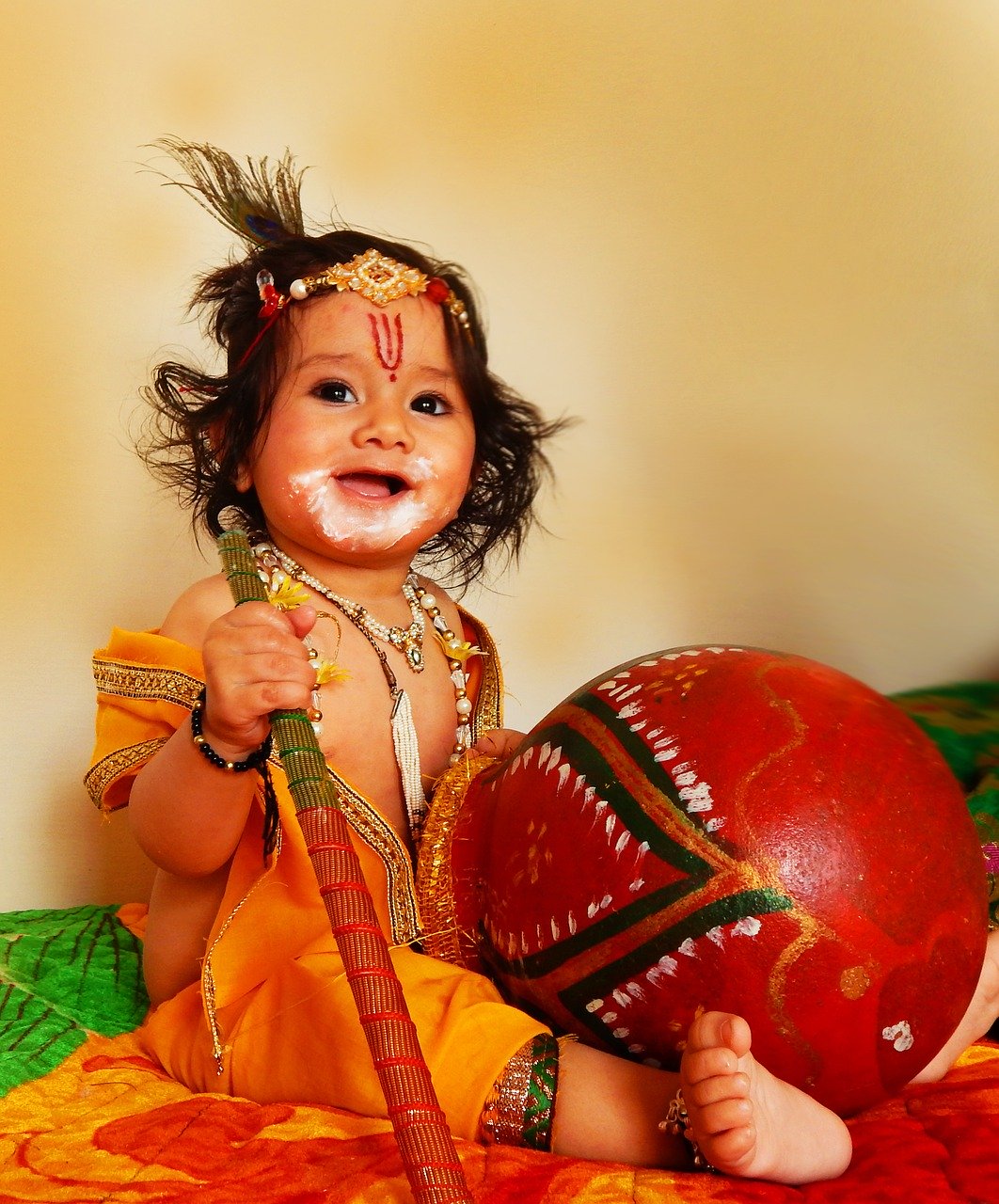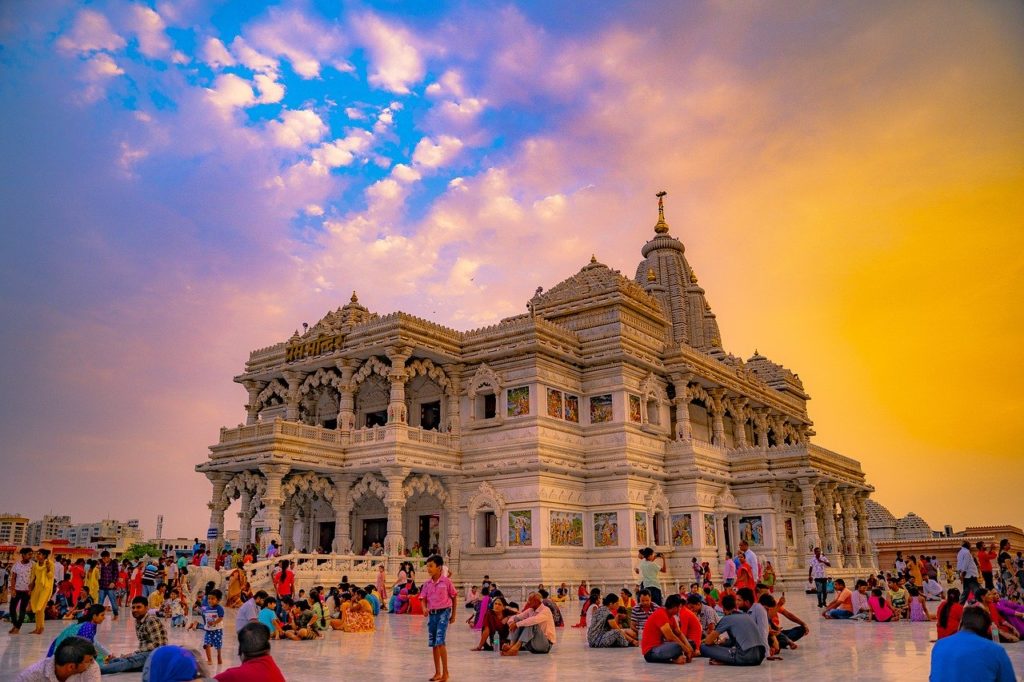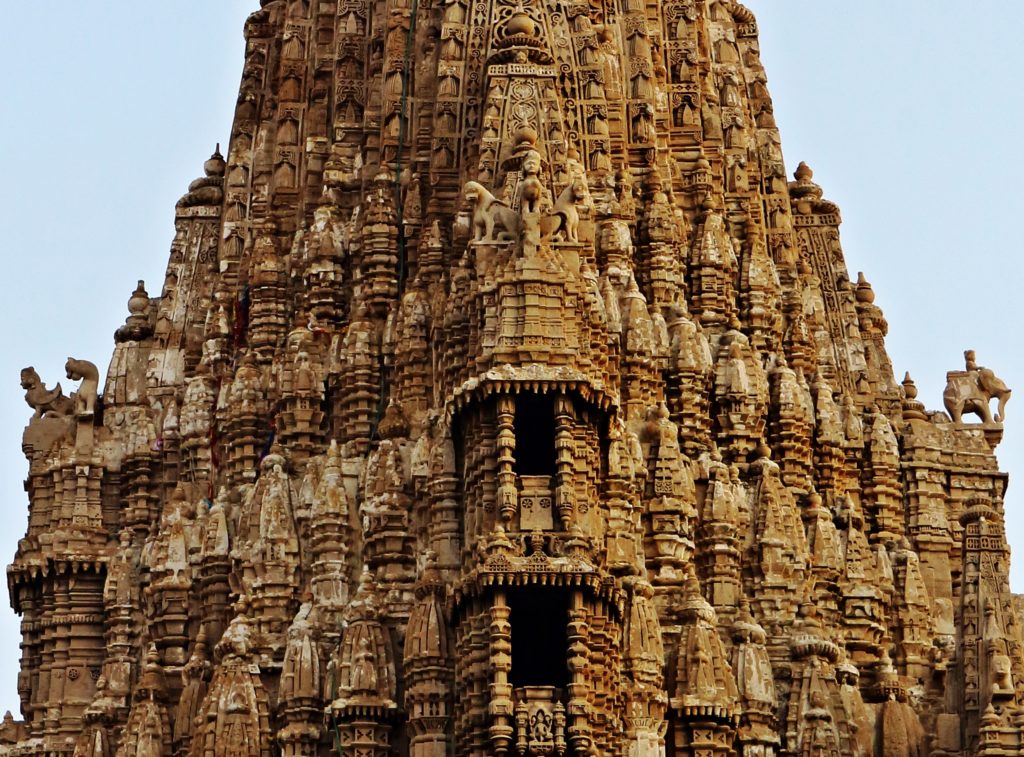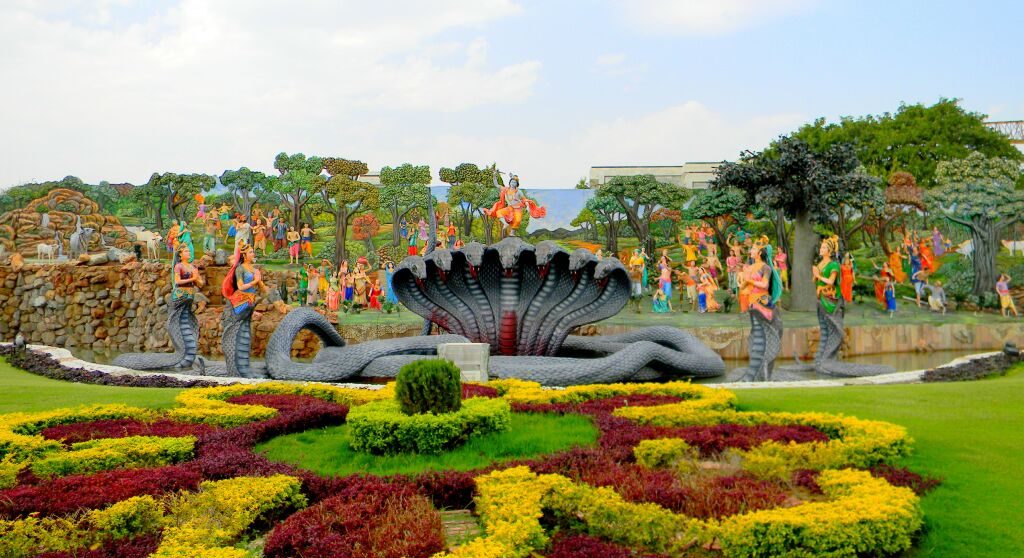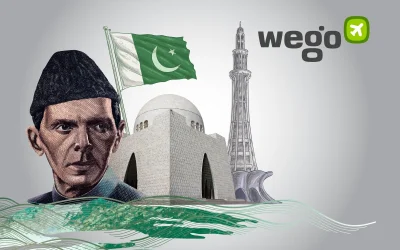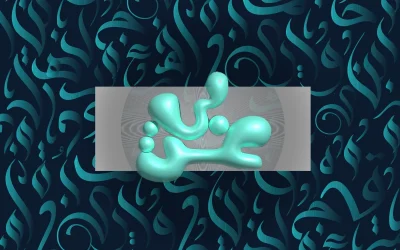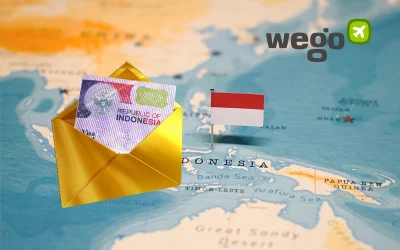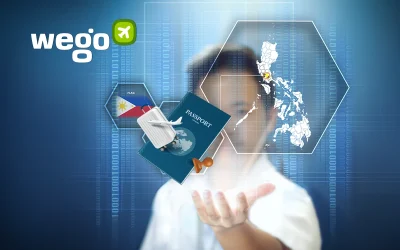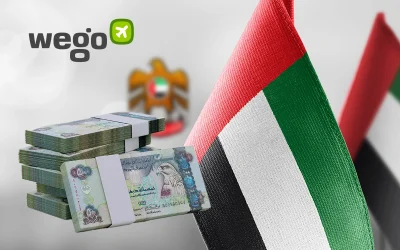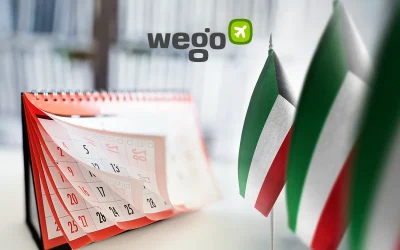This article is reviewed & updated annually by Wego’s editorial team to ensure that the content is up to date & accurate.
India is the land of festivals, and Janmashtami is one of the most popular and vibrant among all. It is an annual Hindu celebration held typically during the months of August and September. The festival is adorned with several names, such as Krishna Janmashtami, Krishnashtami, Sri Krishna Jayanti, Gokulashtami, or simply Janmashtami. It celebrates the birth of Lord Krishna, the eighth avatar or incarnation of Lord Vishnu, making the day a landmark for followers of the Vaishnavism tradition of Hinduism.
In 2024, the auspicious occasion of Janmashtami will be celebrated on Monday, 26 August. The day is celebrated with great zeal, and people, from the children to the elderly, revel in joy on this day.
Read on as Wego provides you comprehensive knowledge of the origins of Janmashtami, and when and how it will be celebrated this year.
Table of Contents
Why is Janmashtami celebrated?
According to Hindu mythology, Lord Krishna is known for his playfulness, love and compassion, and is celebrated as the omnipotent being of the universe. Certain Hindu texts, such as the Gitagovinda, identify Lord Krishna as the supreme God and the source of all avatars. Thus, Janmashtami is a celebration of the birth of Lord Krishna.
As per the Hindu calendar, Lord Krishna was born on the Ashtami (8th day of the month) of Krishna Paksha (the period of the fading moon) in the holy month of Bhadrapada. This gives origin to the festival’s name, Janmashtami, which is a fusion of the words “Janma,” meaning birth, and “Ashtami,” the day he was born.
Lord Krishna was the eighth son of Vasudeva and Devaki, the sister of Mathura’s brutal king Kansa. When Kansa learned about the prophecy that Devaki’s eighth son would be the cause of his death, he locked up both Vasudeva and Devaki in a prison cell. Each of their children met with the same fate: death at the hands of Kansa.
This was until their eighth son was born. As per the instructions of a divine voice, Vasudeva broke out of the prison, carried Krishna on his head and walked all the way from Mathura to Vrindavan, which was to be a safe haven for the newborn child. Yashoda and Nand took care of Krishna during his childhood days in Vrindavan. Krishna’s acts of mischief and heroism, his encounter with Kansa and other monsters, his fame as Makhanchor (one who steals butter), etc., are popular folklore across the country.
Janmashtami 2024 Date and time of Puja
Janmashtami 2024 is said to mark the 5251st birth anniversary of Lord Krishna. The puja date is on Monday, August 26, 2024.
Janmashtami Tithi: August 26, 2024
Ashtami Tithi begins at: 03:39 AM on Aug 26, 2024
How is Janmashtami celebrated in India?
Janmashtami is observed all over the country and even outside the country. Several places in Malaysia, Canada, and even Paris celebrate Lord Krishna’s birth with an equal amount of enthusiasm.
Days before the actual Muharat (the most auspicious moment marking the start of an activity), you would find markets bustling with shopkeepers and buyers haggling over heaps of tinsels, redolent flowers, lights, peacock feathers, and other decorative items.
Devotional songs—sometimes Bollywood ones too, like Go Go Go Govinda—start blaring through the speakers. People get busy with house decorations, arrangements of the puja space, and preparation of Makhan (white butter), a favourite of Lord Krishna. They also make an assortment of delectable prasad (sweetmeats that are devotional offerings) like peda, malpua, panjiri, etc. for the Puja.
Fasting
Women draw tiny footprints on the floor of their house to show that the Lord has walked into the abode and showered his blessings on its inhabitants. On the day of Janmashtami, devotees also hold a fast that can be broken only when Ashtami Tithi and Rohini Nakshatra are over the next day. This is the nirjala fast. Devotees may also decide upon a falahaar fast during this period, which includes eating only fruits and light sattvik food.
Main Puja
At Nishita Kal or midnight, the main ritualistic puja is performed. There are sixteen steps in total which are a part of the Shodashopachara Puja Vidhi. Bhajans and Kirtans dedicated to the Blue God are sung throughout the midnight as people keep a ratri jagaran (night vigil). Some people visit the temple of Lord Krishna to offer prayers, while others do the puja in their homes.
Dahi Handi
One of the spectacles of the celebration is Dahi Handi, an event that narrates the story of young Krishna as Makhanchor (butter thief). Handi or an earthen pot is filled with white butter, ghee, dry fruits, and milk. It is then hung with ropes at a height from the ground, as people form a human pyramid to climb up to the Handi and break it. Breaking of the Dahi Handi is treated as a sport during Janmashtami, with Handis placed several feet from the ground, and successful groups winning huge prizes in cash or kind.
Ras Leela
During Lord Krishna’s childhood in Vrindavan, he was known to be a playful and mischievous boy. The tales of his mischief, and his dances with Radha and the gopis of Vrindavan, are fondly known as Ras Leela. On the occasion of Janmashtami, youngsters would prepare skits, and through dance-drama, they would portray the chronicles of Krishna’s Ras Leela. These plays bring forth throngs of crowds, and are always memorable occasions for the young performers.
Best of Janmashtami celebrations in India
If you wish to witness the celebrations in its most magnificent forms, here are the places you should be visiting during Janmashtami in India. Once you do, you will realize how Janmashtami is not just a religious celebration but a massive cultural event that brings sheer joy, unites people, and lets you dive deeper into India’s rich and vast Hindu culture.
Mathura
Indian mythology cites Mathura as the holy birthplace of Lord Krishna. Here in Mathura, on that one squally night, Devaki gave birth to a boy child who would go on to become one among the most revered of all Indian divinities. The prison cell where he was birthed is now a holy shrine, attracting thousands of devotees every year. Unsurprisingly, one of the grandest celebrations takes place in this region. Preparations begin months in advance, and the entire city gets decked up, the splendor of which draws devotees and tourists from across the world.
The celebration here takes place in two parts:
Jhulanotsav
In this customary practice, Krishna devotees place the lord’s idol on a swing (jhulan) in the courtyards of their house and in temples to mark his birth. Early morning, the ceremony of Abhishek or anointment takes place, where the idols are bathed in milk and honey and embellished with new clothes and ornaments.
Ghatas
As a part of this tradition, all the temples in the region are adorned following a similar color scheme. The Krishna Janmasthan Temple Complex is the main collection of Hindu temples in the area where Krishna was believed to have been born. The sounds of the devotees’ chants, the conches, and temple bells reverberate through the lanes of Mathura.
Vrindavan
Located some 15 km away, Vrindavan is the place Lord Krishna grew up. Today, there are over 4000 temples in Vrindavan. It is also in the forests of Vrindavan where Krishna had played around with the gopis and Radha and performed his Ras Leela. Celebrations in the town commence 10 days before the lord’s birth date. The entire town is lit up throughout this period, with temples being adorned and Ras Leela being performed everywhere.
Dwarka
The historic city of Dwarka in Gujarat is one of the seven most primitive religious places in India (Sapta Puri). Its religious significance can also be established by the fact that it is one of the char dhams (four sites) of Hindu Pilgrimage. As Dwarka was the kingdom of Lord Krishna after he left Mathura, Janmashtami celebrations are held here with great vigor.
Mangal Aarti is performed in every corner of the town. After the aarti at midnight, the birth moment, temples distribute Banta Bhog and Utsav Bhog. With night-long celebrations characterized by bhajans, Ras Leela, and Gujrat’s famous garba events, it is definitely one of the best places to be at during Janmashtami.
Gokul
Gokul is precisely the place where Devaki left his newborn child under the guardianship of Nanda and Yashodamai. As Krishna was brought here after his midnight birth, the residents of this quaint historic town celebrate Janmashtami a day after the whole country. Janmashtami, therefore, is also known as Gokulashtami. The place is filled with stories of Krishna’s mischiefs and bravery as a child, giving tourists a flavor of the town’s rustic beauty and its people’s devotion to Krishna. On the puja day, the residents shower curd and turmeric on each other to celebrate Dadhikana (also known as Nandotsav).
Mumbai
The aura of the commercial capital of India changes overnight when it comes to the celebration of festivals. Janmashtami is one such event where Mumbai never fails to amaze even in the matters of culture and religion. Its Dahi Handi functions are like none in the entire country. The Govind mandals who take part in this celebration are much famed throughout India. People group themselves and engage in healthy competitions, going from one place to another, forming human pyramids, and breaking the suspended handis to claim prizes.
Wego wishes you a Happy Janmashtami!



